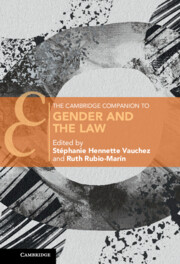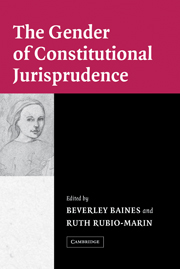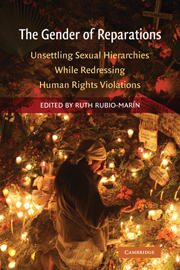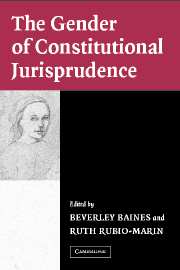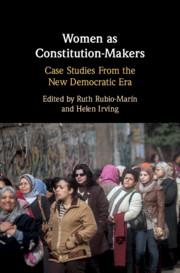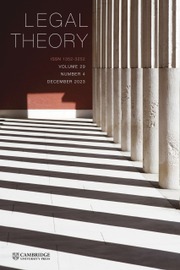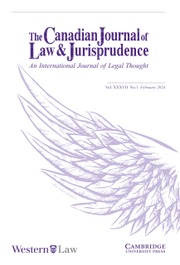The Cambridge Companion to Gender and the Law
To what extent is the legal subject gendered? Using illustrative examples from a range of jurisdictions and thematically organised chapters, this volume offers a comprehensive consideration of this question. With a systematic, accessible approach, it argues that law and gender work to co-produce the legal subject. Cumulatively, the volume's chapters provide a systematic evaluation of the key facets of the legal subject: the corporeal, the functional and the communal. Exploring aspects of the legal subject from the ways in which it is sexed and sexualised to its national and familial dimensions, this volume develops a complete account of the various processes through which legal orders produce gendered subjects. Across its chapters, each theoretically ambitious in its own right, this volume outlines how the law not only acts on the social world, but genders it.
- Presents an accessible but theoretically ambitious account of how the law and gender co-produce the legal subject
- Uses illustrative examples from various legal jurisdictions and organised in thematic chapters, allowing scholars and students to read chapters individually or draw wider comparisons across the book
- Employs an interdisciplinary approach, using techniques from gender studies and queer theory, to offer readers a nuanced, holistic analysis of the law and gender
Product details
January 2023Adobe eBook Reader
9781108599986
0 pages
This ISBN is for an eBook version which is distributed on our behalf by a third party.
Table of Contents
- From law and gender to law as gender: the legal subject and the co-production hypothesis
- Part I. Bodies:
- 1. The sexed subject Marie-Xaviere Catto and Stefano Osella
- 2. The foetal subject: law, gender and embodiment Michael Thomson
- 3. The terrorized subject: a critique of 'women', 'gender violence' and 'vulnerability' as legal categories Márcia Nina Bernardes and Sofia Martins
- 4. The sexual subject: recasting the sexual citizen Melissa Murray
- Part II. Functions:
- 5. The working subject: the collusion of law and gender in the construction of working subjects Joanne Conaghan
- 6. The reproductive subject: the reproductive subject and the embodied state of international human rights law Joanna N. Erdman
- 7. The caring subject Jonathan Herring
- Part III. Communities:
- 8. The national subject Melanie Toombs and Kim Rubenstein
- 9. The familial subject Fernanda G. Nicola and Ann Shalleck
- 10. The political subject Stéphanie Hennette Vauchez and Ruth Rubio Marin.

